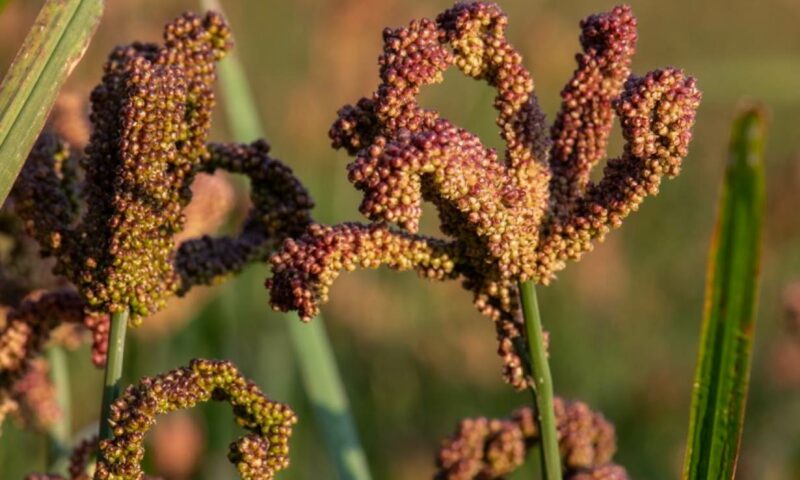By Spy Uganda
Millet is one of many seed types of grass that can be used as a food source. The grain, similar in nutrient composition to corn, is richer in protein and fiber. So, millet should be one of the foods that shouldn’t miss in your diet.
Millet prefers hot, extended dry seasons and does well growing in the far Eastern and Northern parts of Uganda.
The most widely cultivated species are:
• Pearl millet (Pennisetum glaucum)
• Foxtail millet (Setaria italica)
• Common millet or proso millet (Panicum miliaceum)
• Finger millet (Eleusine coracana)
Planting Millet Seeds In Your Garden
Plant seeds at a depth of 2.5cm to 4cm when the soil is moist and 5cm when the soil is dry. Spacing depends on millet variety as follows: 60 cm by 15 cm for pearl millet, finger millet and foxtail millet, and 30cm by 10cm for proso/common millet.
You can mulch your garden with straw or other covering if desired. This can help the soil retain water and cut down on pests.
Let’s look at other factors to consider when growing millet on your farm.
Climate: Generally the Millets are grown in tropical as well as sub-tropical up to an altitude of 2,100 m. It is a heat-loving plant and for its germination, the minimum temperature required is 8- 10°c. A mean temperature range of 26-29°c during the growth is best for proper development and good crop yield.
Rainfall: The crop grows well in a wide range of rainfall regimes ranging from 200 to 1,500 mm per annum although 250 to 700 mm is considered as the ideal range.
Soil: Millet grows well in deep to loamy sands but performs best on deep well drained fertile soils. Deep soils are ideal, as the pearl millet roots can grow to nearly 3.6 m depth. Pearl millet also performs relatively well under acidic soil conditions. But the crop does not grow well in calcareous soils.
Climate: Generally the Millets are grown in tropical as well as sub-tropical up to an altitude of 2,100m. It is a heat-loving plant and for its germination, the minimum temperature required is 8- 10°c. A mean temperature range of 26-29°c during the growth is best for proper development and good crop yield.
How Long Does Millet Take To Mature?
Your millet will take 3-4 months to mature. This is specifically the finger millet variety which is predominantly grown here in Uganda.
Harvest takes place 2-4 months after sowing when the grain has a moisture content of 14-15%. Avoid delayed harvesting, as the seed shatters easily. If millet is harvested during the rainy season with high relative humidity, the grain must be dried to 14% moisture content.
In households, millet is usually dried above the domestic fire. Millet is threshed immediately after harvest. The grain stores well for up to five years.
Sometimes the grain is mixed with ash or slightly baked before storage. Because of its small size, the grain is barely susceptible to insect attack.




